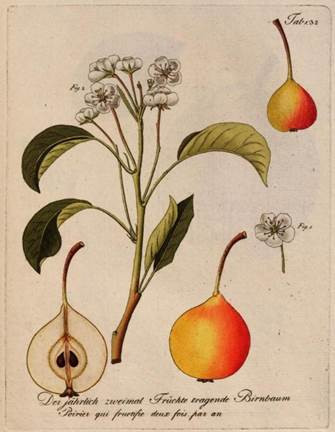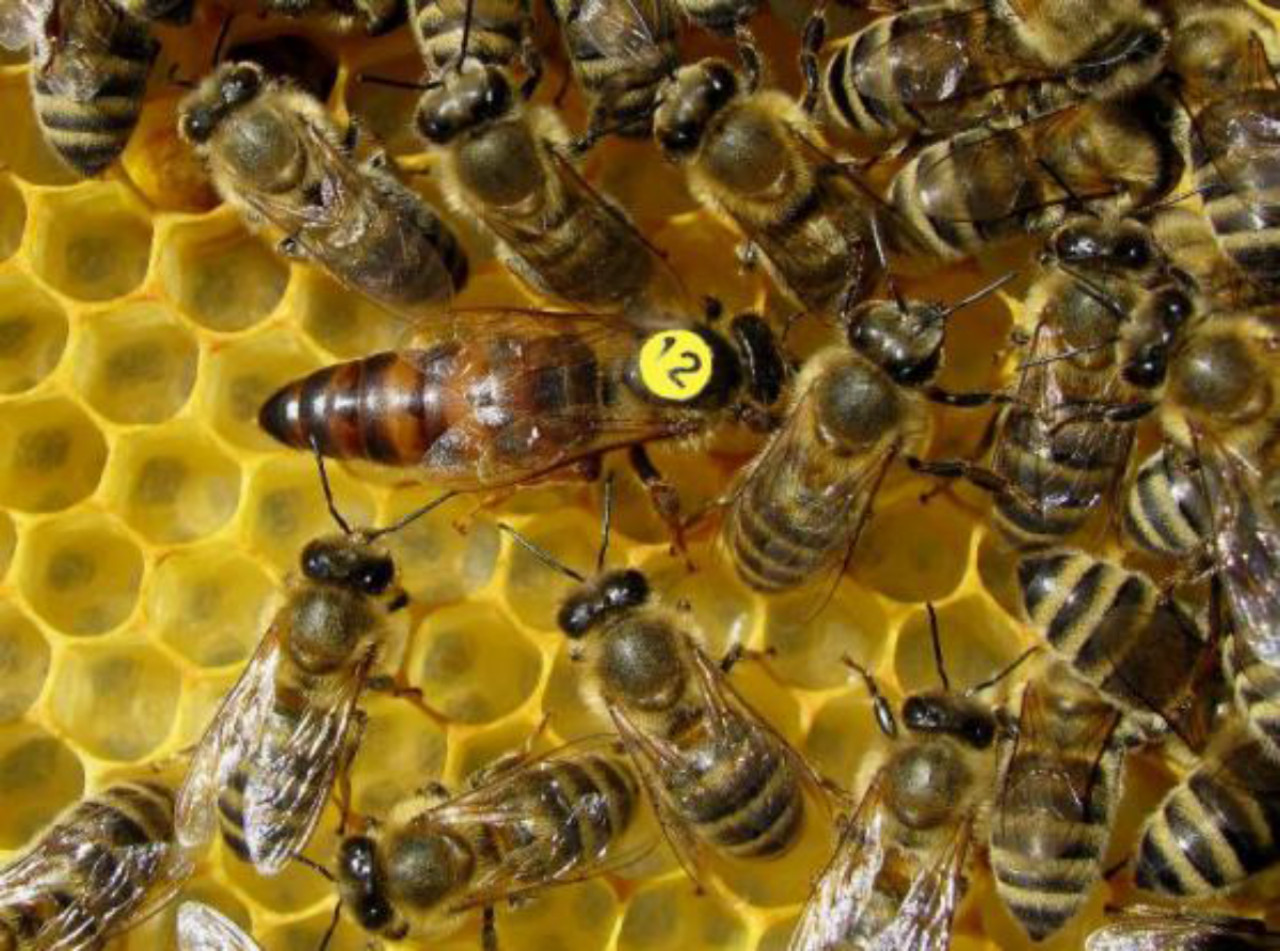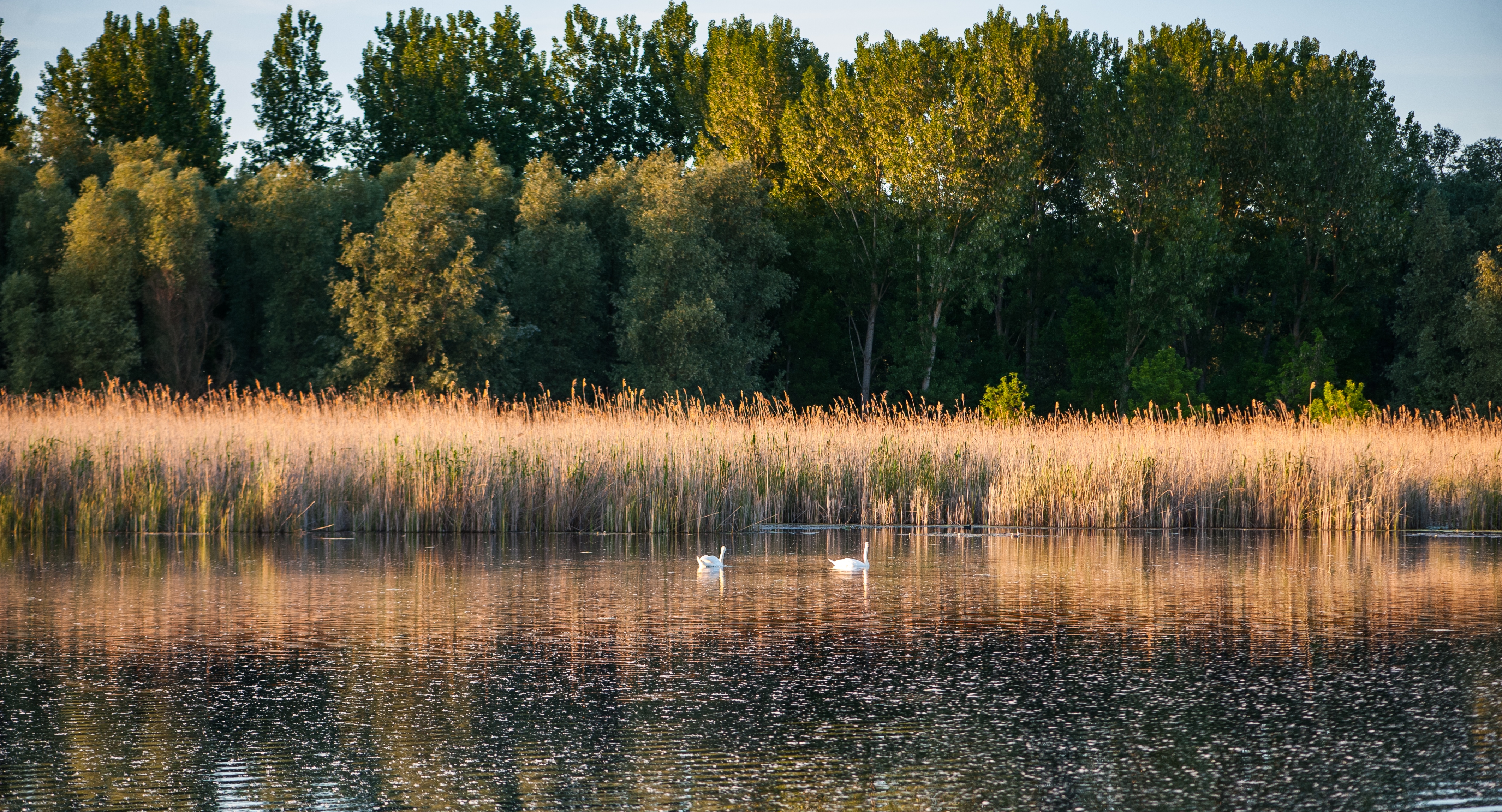THE LANDRACE OF THE YEAR (2022)
Twice-Bearing Pear – Unique Genetic Value
The twice-bearing pear, also known as the continuous-bearing pear, is a genetic rarity with at least two distinct flowering and fruiting periods per year.
Hungarian historian and Piarist monk Sándor Takáts (1860–1932), a former full member of the Hungarian Academy of Sciences, discovered historical records mentioning this pear variety. During his archival research, he found a reference in the writings of Countess Kata Bánffy Batthyány, who, in 1556, sent grafting material from a pear tree to King Maximilian of Bohemia, claiming that it bore fruit three times a year. The countess managed a renowned orchard and estate in 16th-century Hungary, where such horticultural rarities were cultivated.
At the end of the 20th century, the twice-bearing pear could still be found in private orchards around Székelyudvarhely (Odorheiu Secuiesc, Romania), where traditional, locally adapted farming was maintained. The variety's local name remains identical to its historical designation: "Kétszertermő körte" (Twice-bearing pear). Oral sources indicate that, in this cooler climate, it can sometimes flower three times per year, though only the first two bloomings result in ripened fruit. It is also known by the alternative name "continuous-bearing pear".
The variety still exists today in the southern part of the Zala Hills (Hungary). Its survival in these remote fruit-growing refuges at the edge of the Carpathian Basin highlights its historical significance and resilience.
Due to its multiple annual flowering periods, the twice-bearing pear is considered a horticultural curiosity. It produces flavorful, moderately juicy fruit with a thin skin. Although it may flower up to three times a year, only the first two bloomings result in fully developed fruit, while the second crop tends to be of lower quality.

THE LIVESTOCK OF THE YEAR (2022)
The Pannonian Bee – Our Native Honeybee
The Pannonian bee is a variety of the Carniolan honeybee subspecies (Apis mellifera carnica), native to the Carpathian Basin. Several varieties of the Carniolan bee are known, with their natural distribution extending from the Danube Valley east of Vienna, across the entire Carpathian mountain range, throughout the Carpathian Basin, and into the Alps in southern Austria, Slovenia, Croatia, and the Dalmatian coast. Today, the Pannonian bee is found in Hungary, as well as large areas of Croatia, Serbia, and Ukraine.
Physical Appearance
The Pannonian bee has a grayish-brown coloration. Its abdomen features broad, light-gray hair bands alternating with dark dorsal stripes.
Behavioral Traits
- Well adapted to climatic conditions.
- Winters well with relatively low honey consumption.
- Rapid spring development, allowing it to make excellent use of early nectar sources under favorable weather conditions.
- Exceptional orientation skills, making it less prone to disorientation compared to other breeds.
- Exceptionally gentle and calm temperament, making it non-aggressive and easy to handle.
- Described by three "S" traits in Hungarian: Szelíd (gentle), Szürke (gray), Szorgalmas (diligent).
- Moderate swarming tendency.
Production Qualities
- Excellent foraging abilities, actively collecting nectar, pollen, and propolis.
- High wax production, producing light-colored beeswax of excellent quality.


 >
>